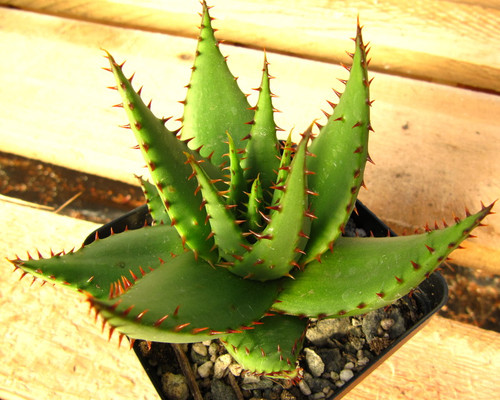Pot Size: 1 gal
Accepted Scientific Name:
Picea orientalis 'Shadow's Broom'
Origin and Habitat
Picea orientalis, or Oriental spruce, is native to the Caucasus Mountains and parts of northeastern Turkey, Georgia, and Russia. It grows naturally in high-elevation, mixed conifer forests with cool temperatures, moist air, and well-drained soils. The cultivar 'Shadow’s Broom' was discovered as a witches’ broom mutation and selected for its compact, dense growth and deep green needles. Unlike its tall, forest-dwelling parent, 'Shadow’s Broom' is cultivated as a dwarf ornamental suited for rock gardens and small landscapes, retaining the hardiness and lush foliage of the species in a compact form.
Description
Picea orientalis 'Shadow's Broom' is a miniature evergreen conifer with a dense, bun-shaped form that grows up to 12–18 inches tall and 24 inches wide over time. It has short, glossy dark green needles that grow tightly along thick branches, giving it a plush, textured appearance. The compact shape and rich color make it highly decorative year-round. While rarely producing cones in cultivation, older specimens may bear small, reddish-purple immature cones that mature to brown. Its tidy growth habit and luxurious foliage are ideal for containers, alpine gardens, and formal plantings.
Cultivation
Zone USDA Zones 4–7
Temperature Hardy from -30°C to 25°C; thrives in cool, temperate climates.
Growth Rate Very slow-growing; typically 1–2 inches annually.
Soil Prefers slightly acidic, well-drained soil amended with pumice for improved aeration and moisture balance.
Watering Maintain consistent moisture without overwatering. Allow the topsoil to dry slightly between waterings. Avoid soggy soil.
Fertilizing Apply a balanced conifer fertilizer every 2–3 weeks during the active growing season, from spring through early fall.
Light Grows best in full sun to partial shade. In hotter climates, provide afternoon shade to prevent needle scorch.
Pests and Diseases Generally resistant to pests and disease; occasionally susceptible to spider mites in dry conditions. Ensure good air circulation to reduce fungal risks.
Propagation
Propagated by grafting onto seedling rootstock of Picea orientalis to retain dwarf traits. Cuttings rarely root successfully.




